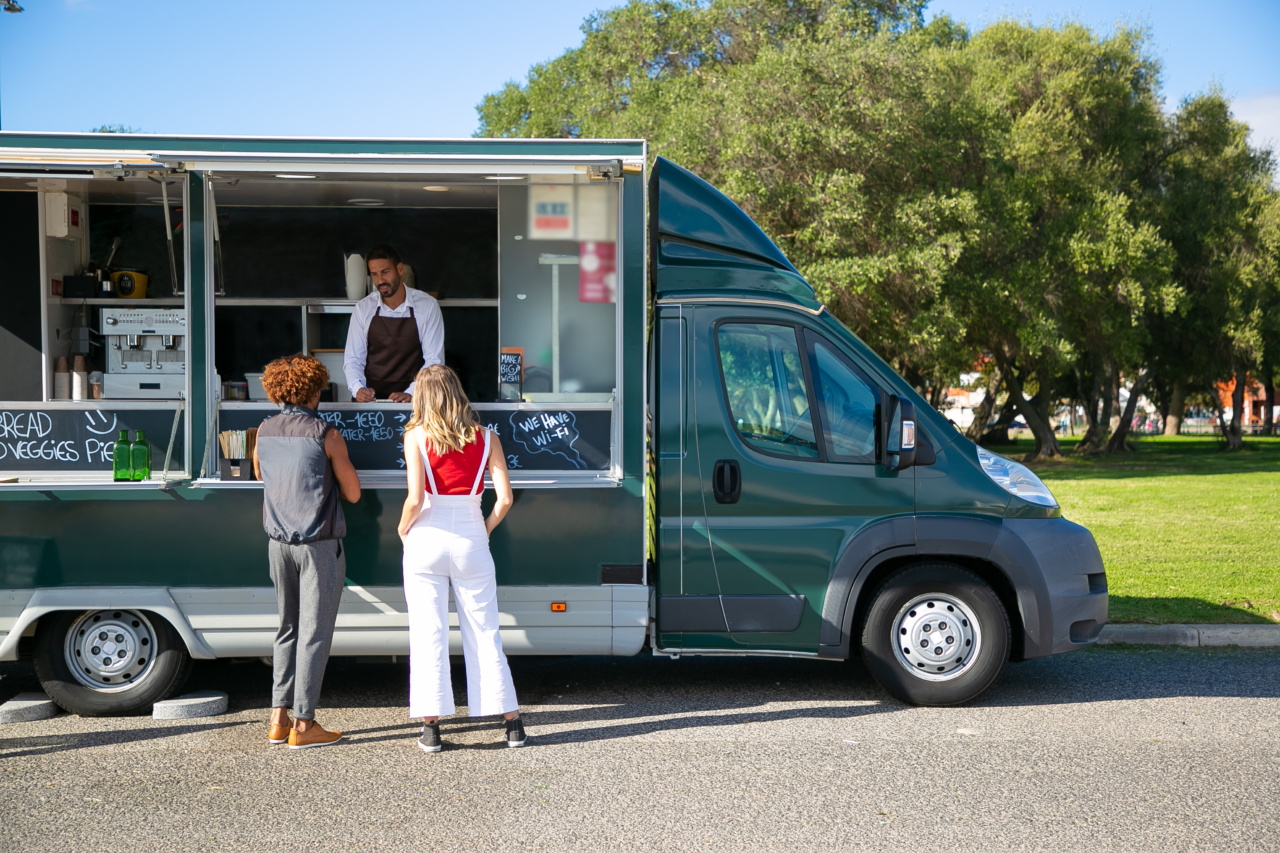A frozen food vendor is a business or individual that sells frozen food products to customers. These vendors typically operate in various settings, including farmers’ markets, food truck rallies, carnivals, and other events where food is sold.
They offer a wide range of frozen food options, including ice cream, popsicles, ready-to-eat frozen meals, and snacks.
The Cost of Starting a Frozen Food Vendor Business
Setting up a frozen food vending business involves several costs. Here are some key expenses to consider:.
1. Licensing and Permits
Before opening a frozen food vending business, you may need to obtain certain licenses and permits. These requirements vary depending on your location, so it’s crucial to research local regulations.
The cost of permits can range from a few hundred to a few thousand dollars.
2. Equipment and Supplies
To operate a frozen food vending business, you’ll need some specialized equipment and supplies. This includes freezers, display cases, ice cream machines, and utensils.
The cost of equipment can vary greatly, depending on your specific needs and preferences.
3. Inventory
Stocking your frozen food vending business with inventory is another significant expense. The price of inventory will depend on the variety and quantity of products you plan to offer.
It’s essential to consider the cost of purchasing frozen food products from suppliers and the potential for spoilage.
4. Transportation
If you plan to operate a mobile frozen food vending business, you may need a vehicle to transport your equipment, supplies, and inventory. The cost of a suitable vehicle can be a significant expense.
Additionally, consider expenses such as fuel, insurance, and maintenance.
5. Marketing and Advertising
Marketing and advertising are essential components of any successful business. You’ll need to promote your frozen food vending business to attract customers.
The cost of marketing and advertising can vary greatly depending on your strategies, such as online advertising, local flyers, or social media campaigns.
6. Operating Expenses
Aside from the initial setup costs, you’ll also have ongoing operating expenses to consider. This includes utilities, rent for a storage facility (if needed), maintenance costs, employee wages (if applicable), and other miscellaneous expenses.
Factors Affecting the Price of Frozen Food Vendors
Several factors can influence the price of a frozen food vendor. These factors include:.
1. Location
The location of your frozen food vendor business plays a significant role in determining its price. If you secure a prime spot in a high-traffic area, it may cost more to purchase or rent the location.
However, a well-located vendor can attract more customers and lead to higher profits.
2. Type of Frozen Food Products
The variety and quality of the frozen food products you offer can impact the price of your vending business. Premium and gourmet frozen food items may require higher upfront costs, but they can also command higher prices and profit margins.
3. Competition
The level of competition in your area can affect the price of a frozen food vendor. If there are many similar businesses nearby, you may need to price your products competitively to attract customers.
On the other hand, operating in an underserved market might allow you to charge higher prices.
4. Seasonality
Seasonality can also influence the price of a frozen food vendor. Depending on your location, demand for frozen treats may fluctuate significantly throughout the year.
For example, ice cream vendors may experience a peak in sales during the summer months and a decline in colder seasons.
5. Reputation and Branding
A well-established reputation and strong branding can add value to a frozen food vending business.
If you have built a loyal customer base or have a recognized brand name, you may be able to command higher prices compared to new or lesser-known vendors.
Calculating the Price of a Frozen Food Vendor Business
Determining the exact price of a frozen food vendor business can be challenging since it involves a combination of tangible and intangible factors. To arrive at a fair price, consider the following steps:.
1. Evaluate Financial Statements
Review the financial statements and records of the business, including revenue, expenses, and profit margins. This will help you assess the financial health of the vendor and make an informed decision about its value.
2. Consider Assets and Liabilities
Determine the value of the vendor’s assets, such as equipment, inventory, and any property associated with the business. Subtract any outstanding liabilities to calculate the net value of the assets.
3. Assess Market Demand
Research the demand for frozen food vendors in your area and consider factors that may affect it, such as population growth, trends, and local events.
This analysis will help you determine the potential profitability of the business and its overall value.
4. Seek Professional Appraisal
Engage the services of a professional appraiser who specializes in valuing businesses. They will consider various factors specific to your frozen food vending business and provide an expert opinion on its worth.
Conclusion
The price of a frozen food vendor business can vary based on factors such as location, type of products, competition, seasonality, and reputation.
Estimating the price requires a thorough evaluation of financial statements, assets, market demand, and professional appraisal. Understanding these factors can help you make an informed decision when buying or selling a frozen food vending business.































